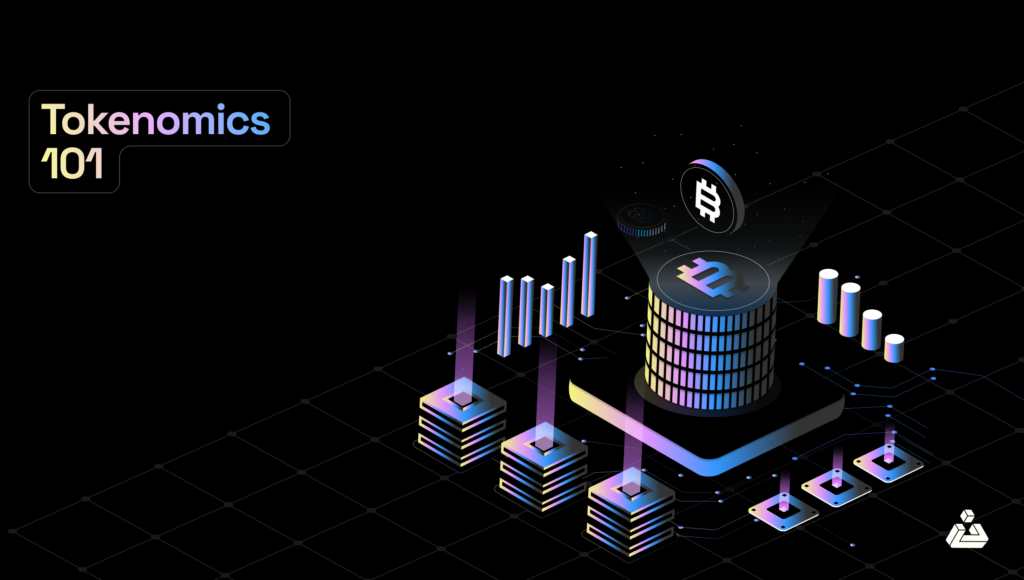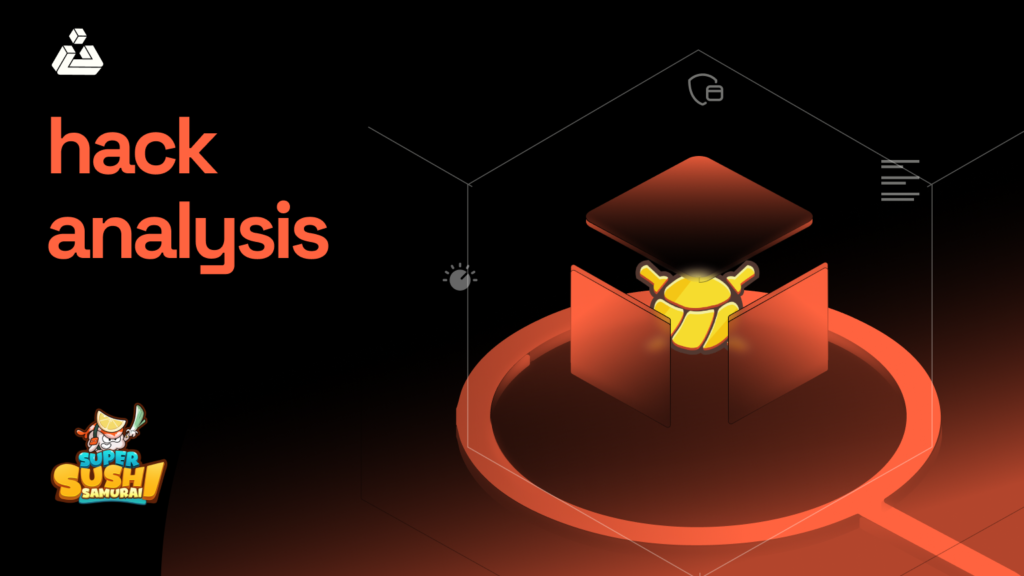The Dark Side of Play-to-Earn:
This target is focused on exploring the dark side of Play-To-Earn dApps.
The recent crypto bear market has provided a valuable lesson to different kinds of investors. The seasoned players have learned the importance of liquidity management, and new entrants have witnessed the consequences of a sagging market. In the last quarter, Bitcoin, the largest and most well-known cryptocurrency, has lost over 25% of its value. Investor confidence has dwindled in this bear market, marked by liquidity draining from the market, heightened regulatory scrutiny following the FTX fiasco, and negative sentiments surrounding the future of crypto and blockchain technology.
Most of the economic and finance experts attribute this fall to the unnecessary hype and speculation that allowed artificial price increments of many cryptocurrencies from late 2017 and early 2018. Others attribute the downfall to the maturation of the market and people’s growing realization that the valuations of most crypto projects lack solid fundamentals. Regardless of the reason, the current market is extremely volatile and poses a huge risk to new investors who plan to enter.
However, in the midst of all this crypto market spectacle, there is one category that still holds significant momentum, and it is the ‘play-to-earn’ class. Despite the failure of popular P2E projects such as Axie Infinity, Crypto Kitties, and even STEPN (in the move-to-earn category), the play-to-earn buzzword is still making rounds, and a whole new bunch of projects with P2E models are continuing to launch in the crypto space.
A current example of such a project can be ‘Gala Games’ powered by the cryptocurrency $GALA. Despite having no whitepaper and no concrete tokenomics framework, the token has surged 130% on the year to date (YTD) basis.
This article aims to uncover the loopholes of current P2E projects and how their token economic models are designed to benefit only the short-term users. We will also analyze the issue from a neutral perspective, highlighting the key events causing a P2E token price to plummet under the current frameworks.
The Shortcomings in Play-to-Earn
Play-to-earn or P2E for short, typically refers to a business model where players can earn real-world or in-game currency by playing games, completing tasks, and performing different activities. The project’s native cryptocurrency is typically used to reward users in-game, allowing tokens to be exchanged and withdrawn as real-world currency, with exits minimized, compelling players to rotate earned currency and boost their standings.
Let’s explore some of the reasons why this model is unsustainable and lacks a proper economic viewpoint.
-
Prioritizing “Earn” Over “Play”
To start off, the biggest reason why the majority of the P2E projects fail is because they develop and market the ‘earn’ aspect rather than focusing on the ‘play’ aspect. They do not have a real product to show and they eventually tie the vision and growth of the project with the token instead of an interesting gameplay or sound in-game mechanics.
In addition, when marketing the project as play-to-earn, users specifically play the game to earn rather than for entertainment or leisure. This behavioral aspect of users plays a crucial role in determining the long-term growth and value of the project or, in other words, the token price. As users focus on the earn feature, sooner or later, their exits are inevitable, and this consequently affects the long-term value of the token.
-
Flawed Economic Framework
Secondly, the economic frameworks of P2E projects violate the basic economic concepts of supply and demand. The reward tokens of majority of the P2E projects have uncapped supply, which means an unlimited amount of tokens can be minted and distributed to users. Economics 101 suggests that unlimited minting of tokens increases the circulating supply and leads to inflation while causing the value of the currency to decline.
Now one might argue that these projects have burn mechanisms installed so that the circulating supply is reduced as rewards are accumulated. However, at a low level, it is pretty obvious that if the net impact is not increasing, then how are all the users generating returns? To be able to generate returns in the form of tokens, the net emissions must be positive, which means more tokens minted than burned.
Although the token price can stay afloat if the buying pressure is consistent, but again it can only happen if the token has sound utility, which is not the case with these projects. So regardless of the amount of rewards a user accumulates by playing the game, if the token value decreases over time, there is no incentive for the user to keep playing.
-
Illusion of Sustainability
This brings us to the next point that how the number of new users play an important role in keeping a P2E project afloat in the short term. Let’s take Axie Infinity as an example to illustrate the point. The majority of the new capital inflows or purchases of the $SLP token (Axie’s reward token) is when new Axies are purchased/minted. This not only creates a buy pressure on the token but also reduces circulating supply as the $SLP proceeds are burned.
However, the framework is economically flawed because as the growth of new users tend to decrease there is no influx of new money or in other words, no buying pressure on the token, therefore it plummets in value. On the flip side, as the number of new users increases, the accumulated rewards also grow, which means that now more people will be dumping the reward tokens at the market, thus creating a classic Ponzi scenario.
With a declining token price and an increasing number of users, it becomes very difficult to maintain the same level of return because you now have to mint more tokens which translates to more token emissions and a further price decline. This death spiral causes a lot of players to lose interest and leave the ecosystem, and as they take their exits, the negative compounding effect on the token price becomes huge.
The $SLP token price of $0.002 from an all-time high of $0.36 and STEPN’s $GST token price of $0.015 from an all-time high of $7.8 are some of the examples acting as supporting evidence for their flawed economic framework.
Conclusion
In conclusion, play-to-earn projects have become an increasingly popular business model in the crypto space, but they are not immune to the volatility and challenges of the broader market. Many projects have struggled to establish a sustainable token economic model. They have focused on the “earn” aspect of play-to-earn rather than the “play” aspect. This has led to a lack of real products and has contributed to the decline of token value in a bear market.
Furthermore, the unlimited minting of tokens in these projects can lead to inflation and ultimately decrease the value of the token. Additionally, play-to-earn projects often rely on a large and active user base to drive engagement and token usage. But in a bear market where users may be less likely to engage with these projects and instead focus on preserving their existing assets. This can lead to decreased demand for the token, further driving down its value.
At a micro level, there are a lot of other reasons why current P2E models are flawed. Such as, protocols not re-investing their revenue in the ecosystem, underdeveloped unit economics to generate returns for each and every user in the long run, not tying the reward token to a sustainable in-game utility, etc.
Read More:










